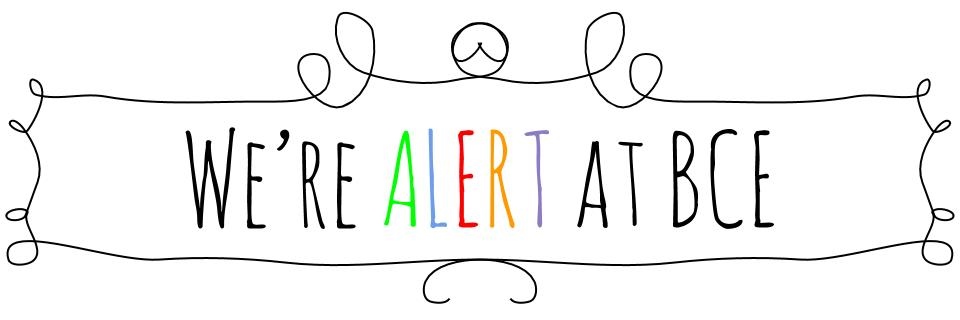For our Morphic Thinking morning warm-up, students created similes about themselves when they do or do not use the Habit of Mind- Managing Impulsivity. This was meant as a follow up to last week's lesson. They came up with some cute comparisons!
- When I don't manage my impulsivity, I am like a nonstop hissing cat.
- When I do manage my impulsivity, I am like an angel!
We were back to our data investigations this week. Third grade students are completing a real world project to show what they know about creating line plots and describing a data set in terms of median, mode, and range. Students are working in partners to use the results to answer our question, "How fast does the heart of a third grader beat after exercise?" Today we collected data by measuring our heart rates after two minutes of jumping jacks.
Our Habit of Mind focus for today was Gathering Data through all Senses. Students connected this to crime scene investigation by making observations of evidence. They learned the terms qua
Litative (describe with
Language) and qua
Ntitative (measure with
Numbers). They also watched this
video and learned the definition of inference and how inferences help explain the observations that we make.
Inference- an explanation of an observation based on prior knowledge.
 |
| An explanation |
 |
| of an observation based on |
 |
| prior |
 |
| knowledge |
Our second Habit of Mind focus was on Metacognition. We used the metaphor of the students having the power to "drive their brains"- put on the brakes to rethink and reflect, put on the gas to be proactive and take initiative in their learning, and in this reflection, make choices that put them on the road to success! For more on metacognition for children, check out this article.
Metagognition Article We read the book
The Three Questions and students were able to practice Metacognition by taking some time to reflect on their thinking and learning for the day.
On second grade's solo time, we used the Children's Guide to Critical Thinking video to evaluate three types of thinkers. Ask your student about Naive Nancy, Selfish Sam, and Fairminded Fran. We also learned the rules of one of our favorite brain games, Set! Third graders did some brain stretching plexers of their own. Try these for yourself!



















































